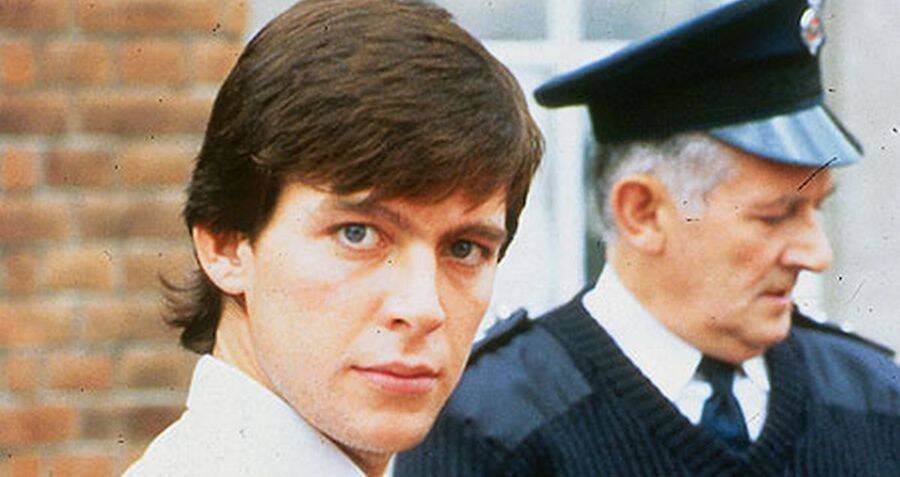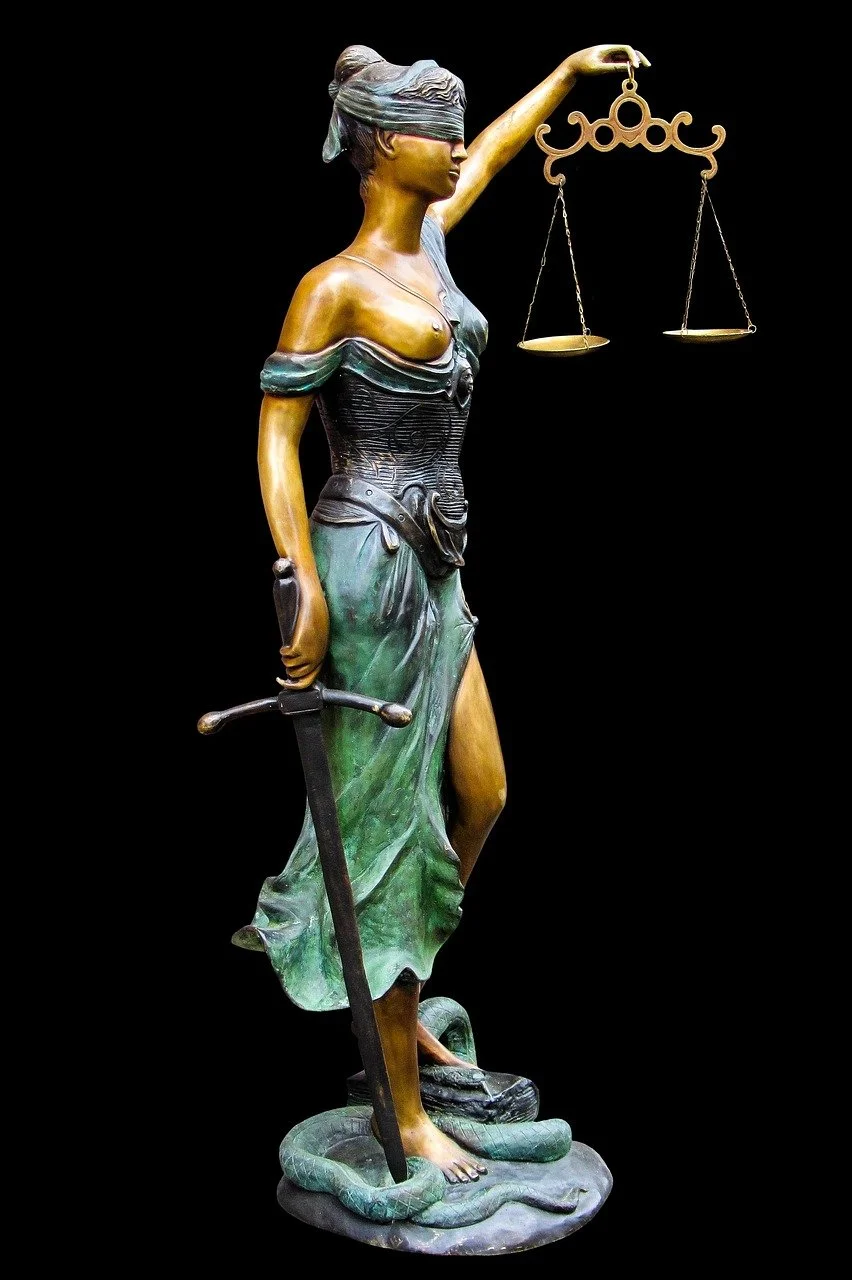Truth doesn’t fear investigation. Corruption does
I’ve followed the White House Farm case for years, and it’s even one of the cases we cover in our Battle of the Barristers live courtroom trials.
I don’t claim to know the truth of what happened that August night in 1985 (though I have my theories), but it’s certainly one of the most haunting examples of how the British justice system can lose its integrity.
The case has long divided public opinion, but what’s emerging now, thanks to Heidi Blake’s extraordinary investigative work on Blood Relatives for The New Yorker, raises deeper questions. Not about guilt or innocence, but about trust.
When a case has sat for nearly four decades and still refuses to settle quietly into the archives, that tells you something. It tells you that, somewhere along the line, something doesn’t add up. And when new evidence surfaces—credible, verifiable, yet dismissed out of hand—it becomes impossible not to ask: what, exactly, is the Criminal Cases Review Commission (CCRC) for, if not this?
Blake’s reporting has brought to light two troubling pieces of evidence. The first involves PC Nicholas Milbank, who claimed that a 999 call was made at 06:09 on the morning of the murders. If true, this call could only have been made by Sheila Caffell—the woman the prosecution claimed was already dead—because Jeremy Bamber was with the police outside the farmhouse. This isn’t a trivial detail. It’s the kind of fact that could rewrite an entire timeline. And yet, rather than investigating Milbank’s claim with impartiality, the CCRC permitted Essex Police (the very force implicated in the original investigation) to investigate themselves. Unsurprisingly, their findings were that Milbank must have been mistaken.
The second revelation concerns the silencer, or rather, silencers. For decades, the prosecution’s case has hinged on the notion that a single silencer contained evidence, i.e. blood, tissue, DNA, that proved the weapon had been used by Sheila on herself. But according to Blake’s research, police actually took more than one silencer for examination, with assistance from Bamber’s extended family. If that’s true, then the evidential chain is hopelessly compromised. Which silencer was tested? Which one produced the crucial forensic result? How can we claim confidence in conclusions drawn from potentially muddled evidence?
These are not small questions. They’re fundamental to the principle of justice. And yet, the CCRC has chosen to do nothing. Its explanation? That The New Yorker will not hand over its evidence or reveal its sources. But since when did British justice rely on a foreign magazine to do its investigative work? The CCRC is endowed with statutory powers to demand, review, and cross-examine evidence. It doesn’t need a journalist’s notes; it needs to look for itself.
As someone who has spent much of my professional life studying the intersection between justice, evidence, and ethics, I find this staggering. The CCRC was created in the wake of notorious miscarriages of justice—the Guildford Four, the Birmingham Six—to serve as a safeguard when every other line of defence had failed. It was meant to restore public confidence. Yet, three decades on, that confidence is ebbing away. Of the thousands of applications it receives, only around 2% are ever referred to the Court of Appeal. Two per cent. That’s the supposed safety net for all the wrongful convictions that might exist across the system.
The CCRC insists that it only refers cases when there is a ‘real possibility’ that the conviction would not be upheld. But who defines that ‘real possibility’? The same legal establishment that the CCRC is supposed to challenge. The very Court of Appeal that has, historically, been reluctant to admit its own fallibility. It’s a circular system: a watchdog that fetches the stick only when the master nods.
Blake’s reporting should have sparked a national debate, not a bureaucratic shrug. The claim that Essex Police can be trusted to impartially investigate their own potential misconduct is absurd. It’s the investigative equivalent of marking your own exam paper, and still managing to fail upward. The CCRC’s deference to them is, frankly, dereliction.
And let’s not forget: journalism has always played a vital role in exposing injustice. Panorama, Dispatches, Private Eye, The Guardian—countless cases have been reopened because someone outside the system refused to look away. Heidi Blake’s work sits squarely in that tradition. Her refusal to hand over confidential material is not obstruction, it’s protection. Whistleblowers and sources risk everything to speak the truth; journalists safeguard them precisely so the truth can come out. To penalise that integrity is to misunderstand both law and journalism.
So what does this mean to those of us who still believe that the justice system should be fair, transparent, and accountable? It means that when the last line of integrity falters, the entire system shakes. Because if the CCRC cannot be trusted to act independently, who can? It’s not about whether Jeremy Bamber is innocent or guilty; it’s about whether we can trust our institutions to care enough to find out.
What worries me most is the CCRC’s tone-deafness to public perception. Each time it refuses to investigate a compelling lead, it erodes the very faith it was built to restore. Its low referral rate isn’t evidence of a healthy system; it’s evidence of a complacent one. Of a body so anxious to appear rigorous that it’s become paralysed by its own caution.
I understand the need for rigour. The CCRC cannot, and should not, chase every conspiracy theory or internet rumour. But Heidi Blake’s reporting is neither of those things. It’s methodical, evidence-based, and rooted in professional ethics. It demands a response proportionate to its gravity. Instead, we get silence.
The wider question, then, is this: how can justice evolve in a democracy if its gatekeepers are afraid of scrutiny? If the mechanisms designed to correct errors become the instruments that perpetuate them? It’s tempting to think of the CCRC as a neutral arbiter, but neutrality without curiosity is just bureaucracy in disguise. Real justice demands a willingness to be uncomfortable, to reopen, to re-examine, to admit that we might have got it wrong.
Perhaps the saddest irony is that the CCRC was born from outrage. From the public’s insistence that the system needed oversight. Yet now, it seems insulated from that very outrage, its energy dissipated into paperwork and procedural caution. The spirit that founded it has been replaced by fear of controversy. And while the CCRC hesitates, lives remain defined by verdicts that may not withstand the light of new evidence.
The White House Farm murders will always be a painful chapter in British criminal history. But the pain isn’t only in what happened that night, it’s in what continues to happen when institutions close ranks instead of opening minds. We can’t move forward as a fair society if the bodies meant to correct injustice are content to look the other way.
Justice, like truth, doesn’t fear investigation. Only corruption does.


